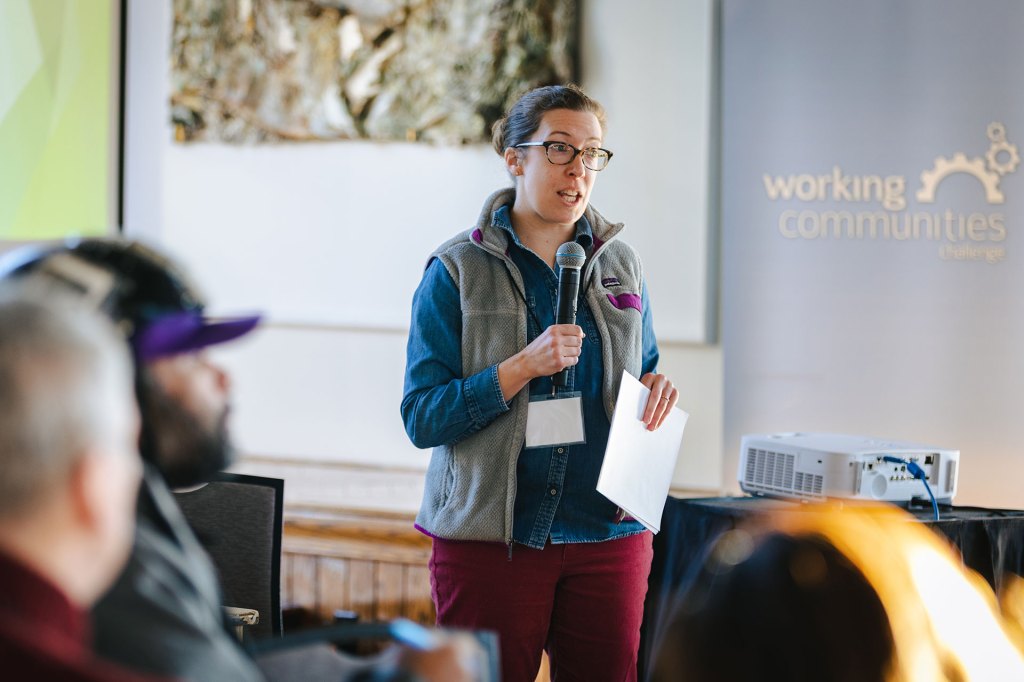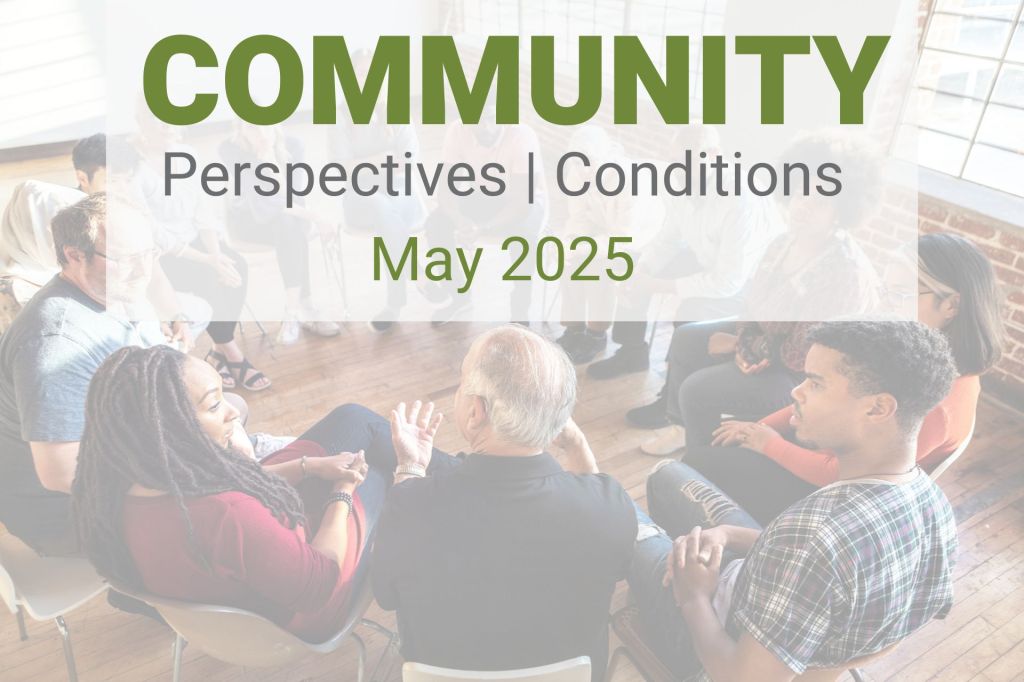Voices Blog – News & views for the community development field
-
![[Watch] Economic Insights from Lower-Income Communities: Findings from the 2025 Community Perspectives Survey](https://fedcommunities.org/wp-content/uploads/2025/07/1920-x-1280-Aug-14-CC.jpg?w=1024)
[Watch] Economic Insights from Lower-Income Communities: Findings from the 2025 Community Perspectives Survey
During this Connecting Communities webinar, Federal Reserve Staff and leaders from national community development organizations discuss findings from the Community Perspectives Survey and how their organizations provide vital services to LMI communities and promote economic resilience and mobility. Watch or listen on demand.
-

Place matters: Driving change through shared vision, goals, and data
Place-based initiatives unite local stakeholders around a shared vision to address community challenges. Through coordinated strategies and data-driven action, these efforts focus resources in specific areas to create lasting impact, achieving more together than any organization could alone.
-

Fed’s survey findings woven into the fabric of women-owned businesses
SBCS Firms in Focus data shed light on the unique challenges women-owned businesses face. Here’s what downtown Cleveland, Ohio boutique owners Emily and Elaina Kovach say about their experience.
-
![[Watch] Data, Analysis, and Strategies to Strengthen Your Community’s Workforce](https://fedcommunities.org/wp-content/uploads/2025/06/1920-x-1280-CC.jpg?w=1024)
[Watch] Data, Analysis, and Strategies to Strengthen Your Community’s Workforce
A strong, adaptive workforce is essential for community stability. In this Connecting Communities webinar experts shared insights on labor market trends and discussed actionable strategies to build and maintain a resilient workforce. Watch or listen on demand.
-

Community perspectives and conditions from the Fed’s Beige Book, July 2025
Here’s what nonprofit and community leaders, and workforce professionals serving lower-income people shared with the Federal Reserve for the July 2025 Beige Book.
-

An interactive tool maps the community development funding landscape
The St. Louis Fed created the Community Investment Explorer tool, which analyzes five years of the most recently available data from nine funding programs to help inform community researchers and practitioners.
-

To advance workers and the bottom line, employers act on benefits cliff
Benefits cliffs challenge workers’ financial security and career advancement and introduce staffing and retention complications for employers. Pilot programs and partnerships offer employers guidance on how they can help address the issue.
-

The Quarterly Catch-up, Q2 2025
Check out the latest community development-related research, analyses, and articles from all 12 Federal Reserve Banks and the Board of Governors. This post captures content published between April 1 and June 30, 2025, on topics affecting communities.
-

Where small businesses bank and why: Insights from the Small Business Credit Survey
Strong relationships with financial services providers are vital to the success of small businesses. Data from the 2023 Small Business Credit Survey (SBCS) gives insight into what small businesses value most in these relationships.
-

LIHTC affordability requirement expirations and their implications on the supply of guaranteed affordable housing
Research conducted by the Chicago Fed explains how the exit of guaranteed affordable rental units from the Low-Income Housing Tax Credit program will affect the long-term supply of affordable housing.
-
![[Watch] Highlights from the 2024 Survey of Household Economics and Decisionmaking](https://fedcommunities.org/wp-content/uploads/2023/06/shed-connecting-communities-0713.png?w=1024)
[Watch] Highlights from the 2024 Survey of Household Economics and Decisionmaking
During this Connecting Communities webinar, researchers from the Federal Reserve Board of Governors presented the key findings from the 2025 Survey of Household Economics and Decisionmaking (SHED). Watch or listen on demand.
-

Community perspectives and conditions from the Fed’s Beige Book, May 2025
Here’s what nonprofit and community leaders, and workforce professionals serving lower-income people shared with the Federal Reserve for the May 2025 Beige Book.





